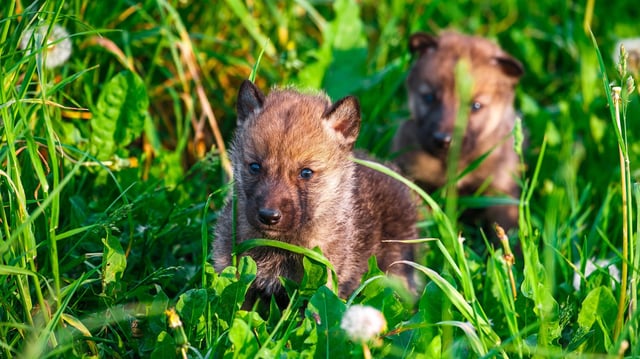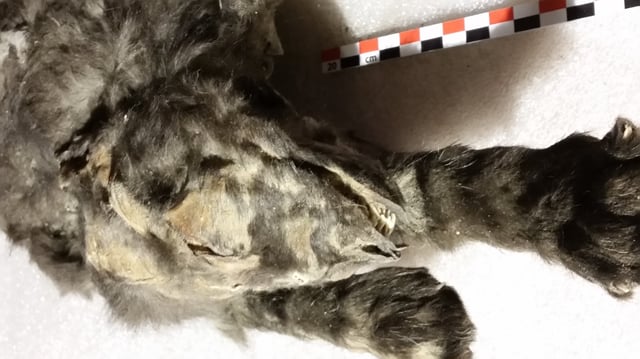Overview
- Genetic sequencing and chemical fingerprinting published in Quaternary Research confirm the two Tumat specimens were wolf cubs, not domestic dogs.
- Analysis of dental and tissue samples dates the female siblings to seven to nine weeks old at death, likely trapped by an underground landslide.
- Chemical analysis of gut contents reveals a mixed diet of plants and large prey such as woolly rhinoceros, suggesting Pleistocene wolves exceeded modern wolves in size.
- Although discovered near processed woolly mammoth bones, researchers found no evidence that the cubs interacted with or relied on humans.
- The study offers rare insights into Ice Age wolf pack behavior and complicates the quest to pinpoint the origins of dog domestication.



